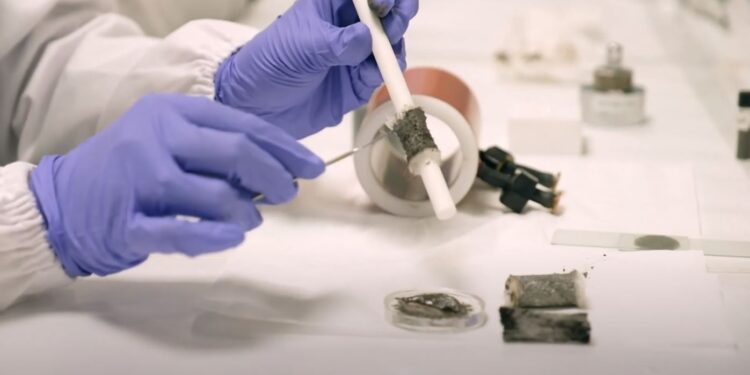Researchers at Nanyang Technological University have invented an epoxy glue that is activated by a magnet without the need for heat, light or moisture
Glues and superglues are materials widely used in all industrial fields. The assembly of finished products in assembly lines or the creation of composite materials is only possible thanks to specific substances that, by hardening, compact the different materials. The glues currently used harden as a result of treatment in a high-temperature oven, exposure with light or when exposed to a certain amount of moisture. Researchers at NTU, Nanyang Technological University, however, propose a very interesting alternative.
The new material, unlike previous ones, hardens upon application of a magnetic field. This difference may seem minimal but it opens the door to many improvements. The newly invented glue can be applied between two layers and activated even if it is impossible to treat it with light or moisture. In addition, magnetic activation provides a very economical alternative to heat treatments in ovens. Researchers estimate an energy cost at least 100 times lower than heat treatment. The new glue can dramatically lower the cost of materials such as carbon fiber, whose price depends primarily on using large amounts of energy to activate huge ovens.
“Our temperature-controlled magnetic nanoparticles are designed to be mixed with existing one-pot adhesive formulations, so many of the epoxy-based adhesives on the market could be converted into magnetic field-activated glue” explains Prof Raju Ramanujan, one of the researcher. “The speed and temperature of curing can be adjusted, so manufacturers of existing products could redesign or improve their existing manufacturing methods. For example, instead of applying glue and curing it part by part in a conventional assembly line, the new process could be to pre-apply glue on all the parts and then cure them as they move along the conveyor chain. Without ovens, it would lead to much less downtime and more efficient production“.
You might also be interested into -> Here is the transparent and conductive multilayer plastic

































